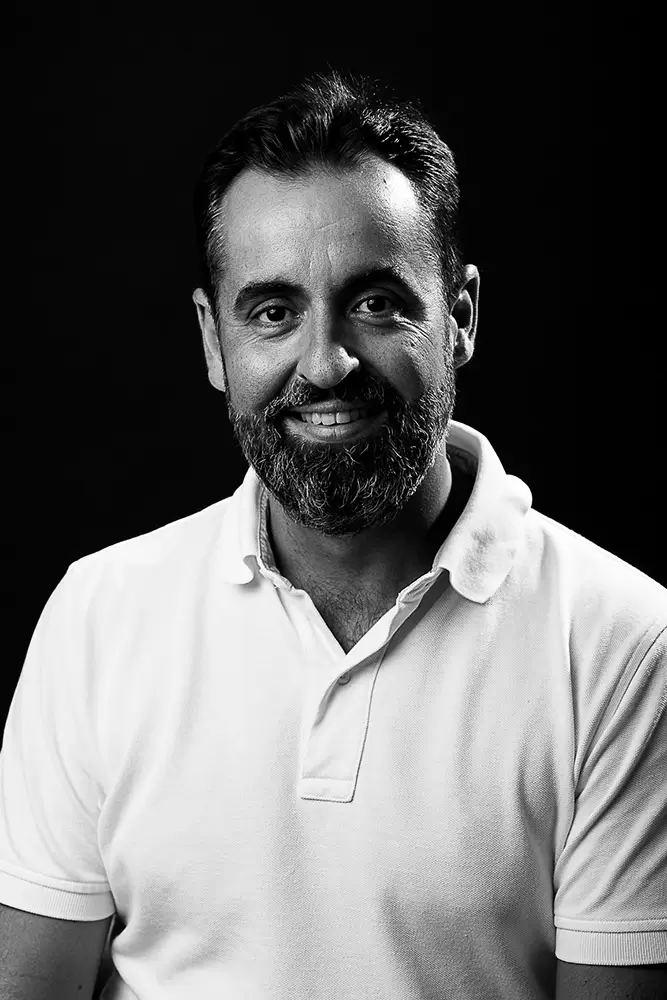Álvaro Vegazo was born in the city of Sanlúcar de Barrameda, south of Andalucia, in 1977. He's Civil Engineer, but his authentic passion is photography. From his adolescence he was involocruded with it, but since 2015 he has been working seriously about street and documentary photography.
The mostly Alvaro's work is about the life in the streets around his closest environment, mainly in "La Costa de la Luz" in Andalucía, although in last years he was in Portugal practicing too. Really he takes advantage any place he goes, beacuse he always carry on his camera.
Although he does not rule out the use of black and white, his work focuses more on color. As can be seen in his photos, the colors fill a large part of the frame and he also intends to play with different layers.
In relation with his projects, Álvaro has finished two of them: "Tránsitos de Luz" (2018) in book format, where he show his photos during more of three years in the street. And the second one, "Carmen de Bonanza" is a documentary project that for four years documents the religious event that takes place in that coastal neighborhood and it was exhibited in different locations in Spain. On the other hand, the “Underxpose”, publishing house, published my her 37th fanzine dedicated to my serie "That time we coincide".
His photographs and articles were published in some relevant media such as Street Photography Magazine, Inspired Eye , Lensculture or “El País”. He also showed his photos in collective exhibitions nationally and internationally: Seville, Florence, Miami, Siena, New York, Warsaw and Vienna.
And among the most important awards we can mention: finalist in The Miami Street Photography Festival (MSPF, Miami 2019), finalist in Street Photography International (SPI, London 2020), finalist in Urban Photo Awards Contest, with a serie (Triestre, 2021), honorable mentions in Siena International Photography Awards (SIPA, Siena 2019) and International Photography Awards (IPA, New York 2019), Juror’s Pick’ Lensculture 2023, finalist and gold medalist Paris International Photo Awards 2023, second place Italian Street Photo Festival 2024, and finalist in Leica Street Photo 2025.
